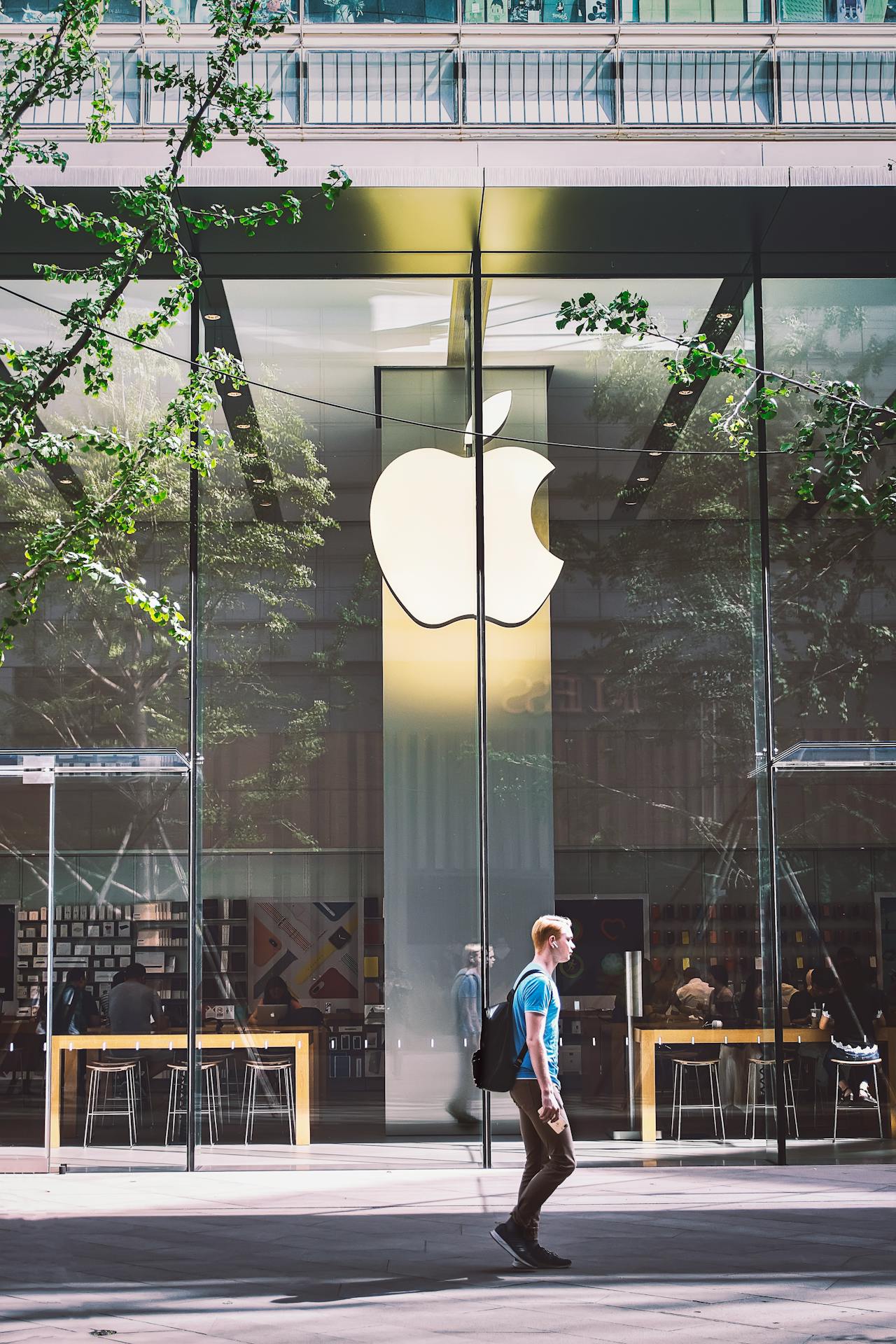Apple’s Journey from Garage Startup to the World’s Most Valuable Brand
Back in 1976, three young men—Steve Jobs, Steve Wozniak, and Ronald Wayne—launched a company in a Los Altos garage that would go on to redefine modern technology. The startup was Apple Computer Inc., and its first product, the Apple I, was a hand-built personal computer sold without a monitor or keyboard. Almost half a century later, Apple has become the world’s most valuable brand, with a market capitalization exceeding $3.4 trillion as of 2025.
From Apple I to iPhone: A Timeline of Reinvention
Apple’s transformation has been shaped by key product milestones. Here’s a quick snapshot of some pivotal innovations:
| Year | Milestone Product | Significance |
|---|---|---|
| 1977 | Apple II | Among the first mass-market personal computers |
| 1984 | Macintosh | Introduced graphical user interface to the mainstream |
| 2001 | iPod | Revolutionized how people consume music |
| 2007 | iPhone | Redefined the smartphone category |
| 2010 | iPad | Created a new computing form factor |
| 2020 | M1 Chip | Signaled Apple’s shift to in-house silicon |
| 2025 | Apple Vision Pro | Leading the spatial computing frontier |
Each leap not only disrupted industries—it reshaped human behavior. The iPhone, in particular, shifted Apple from a niche computer maker to a global lifestyle brand.
The Steve Jobs Legacy: Vision Meets Execution
Steve Jobs’ role in Apple’s story is inseparable from its meteoric rise. He was ousted in 1985 after internal power struggles, only to return in 1997 and save Apple from near-bankruptcy. His obsession with minimalism, user experience, and vertical integration created a DNA that still defines the company.
Jobs’ famous quote, “People don’t know what they want until you show it to them,” still echoes in Apple’s product philosophy. Under Jobs, the company launched its most iconic products and laid the foundation for a tightly controlled ecosystem.
Tim Cook’s Era: Operational Genius Meets Market Expansion
While Jobs was the visionary, Tim Cook has proven to be the execution master. Since taking over as CEO in 2011, Cook has transformed Apple into a supply chain juggernaut, expanded into services (iCloud, Apple Music, Apple Pay), and prioritized global scale. Under his leadership, Apple reached a $3 trillion valuation in 2022 and became the first company to surpass $3.4 trillion in 2025.
The Ecosystem Effect: Why Apple Keeps Winning
Apple’s ecosystem is its greatest moat. From iPhone to Mac, Apple Watch to AirPods, every product works better together. And that’s by design.
Here’s what makes the ecosystem nearly impenetrable:
- Hardware integration: Custom chips (M1, M2, now M4) optimize performance across devices.
- Software consistency: iOS, iPadOS, and macOS share design language and features.
- Service sticky-ness: Subscriptions, iCloud, App Store—all keep users within the walled garden.
This flywheel effect ensures high customer retention (over 92% in the U.S. as of Q2 2025) and drives recurring revenue, especially from services, which now make up over 26% of Apple’s revenue.
Global Reach and Cultural Impact
Apple’s influence goes beyond tech—it’s cultural. Its retail stores are design statements, its product launches become global media events, and its brand has become a status symbol, particularly in emerging markets like India and Southeast Asia.
In 2025:
- Apple is the top smartphone brand in China by revenue.
- India saw 42% YoY growth in iPhone sales.
- Over 2.3 billion active Apple devices are in use globally.
What Sets Apple Apart in 2025?
Unlike other Big Tech firms, Apple doesn’t rely on data harvesting or ad revenue. It makes money the old-fashioned way—selling products people want to buy. With rising global privacy concerns, this business model has become a major differentiator.
Moreover, Apple’s latest push into spatial computing and health tech (like Apple Vision Pro and Apple Health+) signals a future where it plays a role not just in communication or work—but in wellness, AR/VR, and beyond.
FAQ: People Also Ask
Q: What made Apple the world’s most valuable brand?
A: Apple’s success stems from continuous innovation, brand loyalty, and a cohesive ecosystem that drives repeat purchases and high margins.
Q: Is Apple still innovating in 2025?
A: Yes. Recent innovations like the M4 chip, spatial computing devices (Vision Pro), and health-integrated wearables show Apple is doubling down on future tech.
Q: How has Apple evolved since Steve Jobs’ death?
A: Under Tim Cook, Apple expanded its supply chain, entered new markets, and grew its services segment, all while preserving the core product design philosophy.
Apple’s Story Is Still Being Written
Apple’s journey from a dusty garage to a $3.4 trillion giant isn’t just a tale of tech—it’s a masterclass in vision, brand, execution, and reinvention. While the company’s past is iconic, its future—spanning AI, spatial computing, and healthcare—may be even more transformative.
Apple Vision Pro and the Struggle to Build a Robust XR Ecosystem
Apple Growth Strategy: Can Vision Pro and Subscriptions Sustain Its Future?



